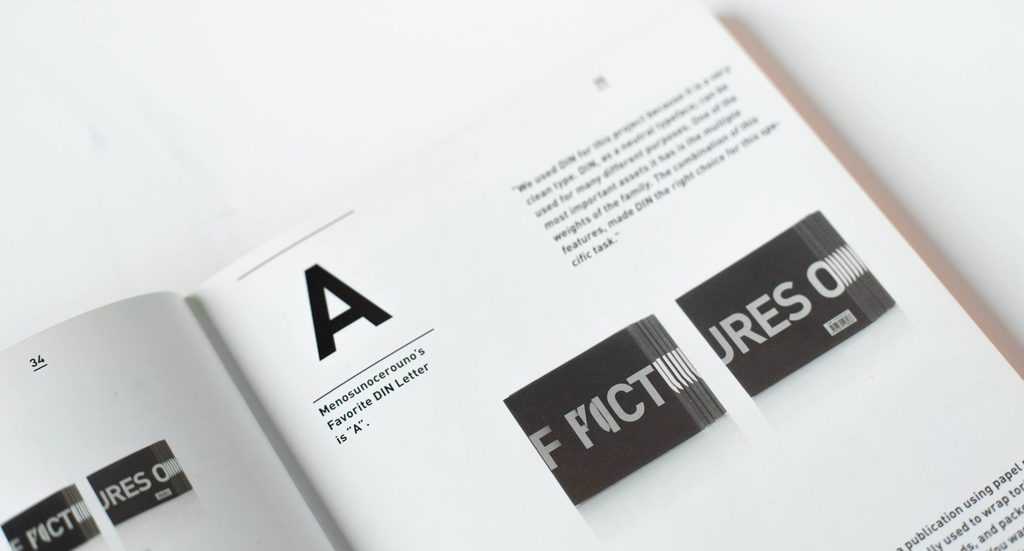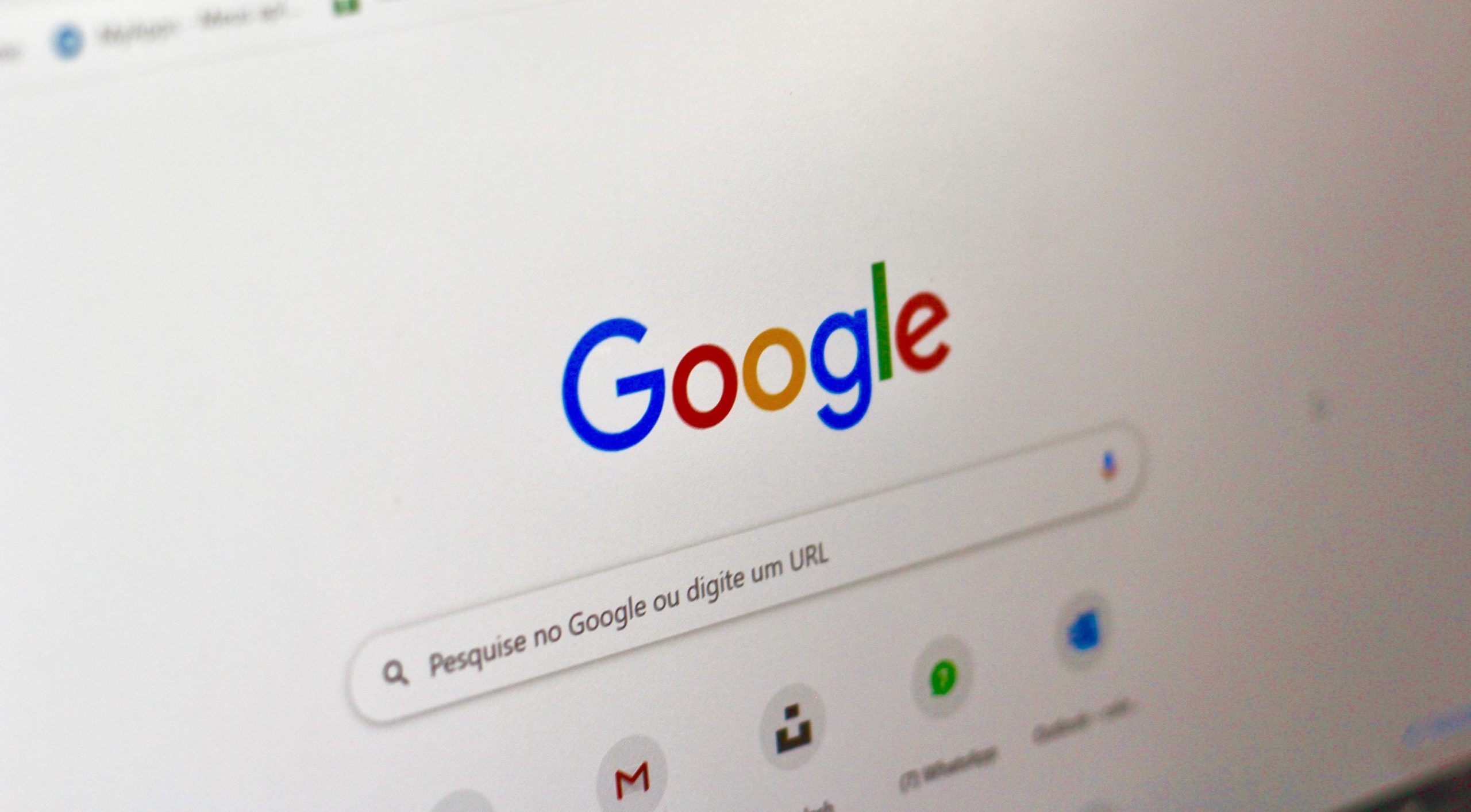We create and optimize web content to rank it on the search engine result pages. This is why we ensure everything is based on the search engine guidelines. Covering a piece of information in a unique way is not enough to rank a blog post. There is a lot more to do, such as maintaining the readability, adjusting keywords, and adding meta tags. Sounds interesting?
Let us provide you with detailed insights about SEO writing so that you can effectively learn to create a well-optimized blog post.
What is SEO Writing?
When we write in accordance with the webmaster guidelines (predefined by the search engine), then it is called SEO writing. The search engine (Google) has guidelines about “how to write and optimize content to get a higher ranking on the result pages.” The guidelines enable us to create user-friendly and search-engine-friendly content without errors.
The primary goal of SEO writing is to create content that can add value to the readers. This goal can be achieved if you focus on creating content that is relevant, readable, and unique. The professionals at NUOPTIMA can provide invaluable assistance in crafting SEO-driven content that not only meets these criteria but also strategically targets your audience’s interests and search intent.
The search engine will likely rank your content if it finds it adequately answers the users’ queries and meets their needs. Thus, you must write so that your content is easy-to-understand and informative for the readers. Moreover, there shouldn’t be any duplication in it.
Take into account that the essential elements of well-optimized content include:
- Authenticity
- Relevancy
- Readability
- Originality
You need to be cautious about one more thing while writing web content — optimize it specifically for search engine crawlers. You can do this by creating metadata for each piece of content that you write. Don’t worry if this is confusing. Just keep reading to find out how to create and optimize a blog post per the webmaster guidelines.
How to Create Well-optimized Blog Posts?
Various factors contribute to the creation of well-optimized content.
But, if you just pay attention to the following five things, you can easily optimize a blog post for search engines:
- Originality
- Readability & Legibility
- Keywords
- ALT Tags
- Meta Tags
These things ensure that the content you create is easy-to-understand, informative, relevant, and valuable for readers and crawlers. Here is a detailed breakdown of these factors so that you can effectively learn to write a well-optimized blog post. Read it thoroughly.
Achieving Uniqueness
This is the very first requirement of search engines — the content you create must be free from plagiarism. It’s common for people to look for a topic on the internet and paraphrase it in their words, but that’s something we call plagiarism-free content, not original or creative.
To create original content, it is important to have enough knowledge about it, and the best way to gain knowledge about a topic is through research.
It’s not enough to read a couple of blog posts and watch videos about that topic. When researching a topic, you should know what sub-topic you will focus on and strategize accordingly. During your research, you can learn what points you want to discuss first and what the material will include by creating heading structures.
If you are a beginner and don’t know how to attain uniqueness in writing, it would be better to take advantage of a sentence rephraser.
If you practice using an AI rewriter like uPass AI based on advanced AI algorithms, you can quickly learn to write unique content on your own.
Maintaining Readability & Legibility
Readability and legibility are not factors that affect search engines directly, but they are still important factors to consider when optimizing a blog post. These factors directly influence the user experience and determine whether it will be positive or negative. In the end, Google only cares about user experience, which is why these factors must be considered.
Readability
The readability influences the comprehensiveness of the text piece and determines how easy the text is to read and understand. Readability is considered to keep the content engaging as much as possible, even for users in the 6th grade.
The user will not care about your content if it’s full of long sentences and complex words. On the other hand, it is not a wise choice to add multiple pieces of information in a single sentence and make it big enough to get ignored.
The following can help you enhance the readability score of your content:
- Short and easy sentences
- Brief paragraphs
- Simple terms
- Active voice sentences
Legibility
Legibility influences the quality of the presentation of the text. Legibility measures how easily the user can distinguish one word from another and decode the symbol. If the content is not presented well, the user may lose interest, no matter how well the content was written and how much valuable information it contains.
The following things can help you improve the legibility of your content:
⦁ Simple font
⦁ Readable Font Size
⦁ Medium weight and stroke contrast
⦁ Normal Word and line spacing
Incorporating Keywords

Keywords are a vital part of On-Page SEO, and sometimes cramming in too many keywords can be just as detrimental as not having them. You don’t have to add that many keywords if they don’t fit in organically. Keyword adjustment and management is a very detailed process. Sometimes adding keywords can be a very tricky process.
However, if you think there is still a chance to incorporate keywords, the best approach is to add the keyword in the introduction. The introduction is also known as the very first paragraph. In order for it to work, it needs to be incorporated naturally. Otherwise, you can get noticed for using a black hat SEO technique called keyword stuffing.
Further, you can have about 1% – 2% density of keywords in your content. This means you need to include your focus keyword in every third or fourth paragraph.
Besides the content data, it is also important to add the focus keyword in the heading. It is recommended to add the focus keyword in 75% of your headings. The process of adding the keyword in the heading is called heading optimization.
Adding Image ALT Tags
ALT tags are an attribute in HTML, the coding language. These tags are added to the image to define the image to Google. There are two ALT tags for the image “ALT Text” and “ALT description.” It also appears on the web page in case the image is not loaded.
The purpose of adding Image ALT tags is not to rank the blog post content. However, it helps rank the image in the images section of the search engine. In case you think that it’s no use to rank on the search engine image section, you must know that from those who open the images section, 63% of the users click on the image source and visit the website.
If that seems too little, then let us tell you that you can get natural backlinks using a good analytics chart, data graph, or a good illustrator image. As long as you have relevant and authentic information in your image, most web owners will display it on their website and give you credit as a source link.
Creating Metadata
Metadata is an HTML tag that is added in the header section of a webpage and explains all the possible information about the webpage. The important Meta tags are “Meta Title” and “Meta Description.” Both of them are displayed in the SERPs.
The meta title is displayed as a blue clickable heading for every page, while the meta description is presented just below the meta title in grey. In the meta title, you have to highlight the primary intent of the content within 60 to 70 characters. To optimize the meta title, it is important to add a number, an emotional word, the focus keyword, and the brand name.
When it comes to the meta description, you should summarize the content within 160 – 170 characters. Meta descriptions are not, however, as important as they used to be. It is because now Google fetches the meta description itself and varies every different user according to query. However, don’t skip it, as helps the search engine tell what the content is really about and helps get ranking on targeted keywords.
The Bottom Line
The name says it all — SEO writing involves the creation of well-optimized content. It is basically about creating a piece of content that is relevant, readable, and unique.





